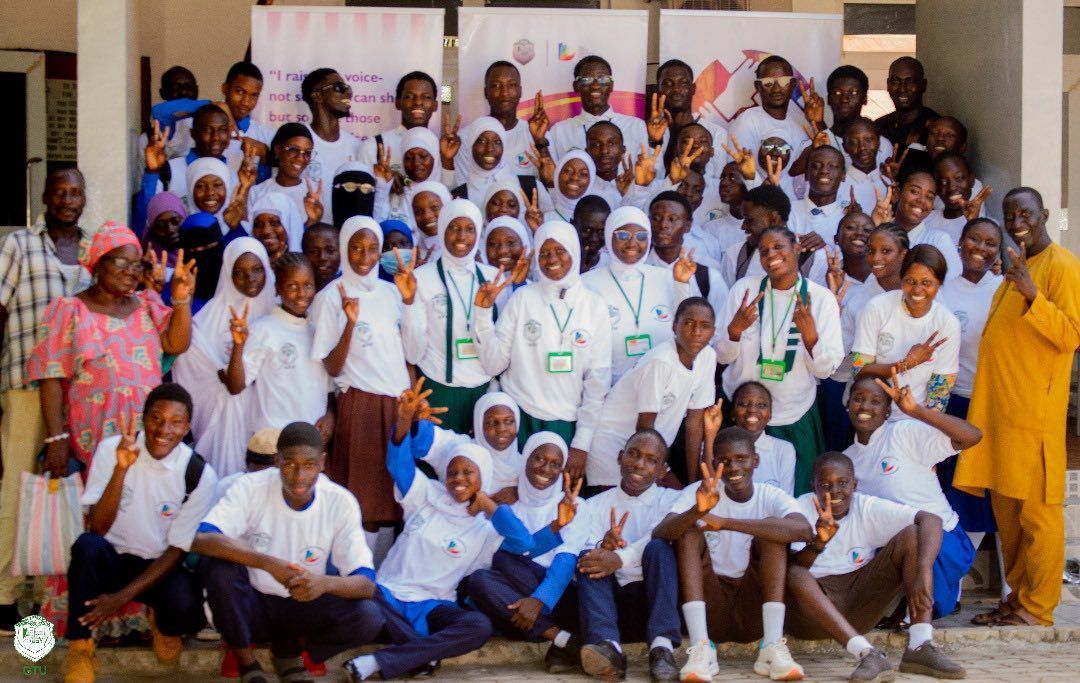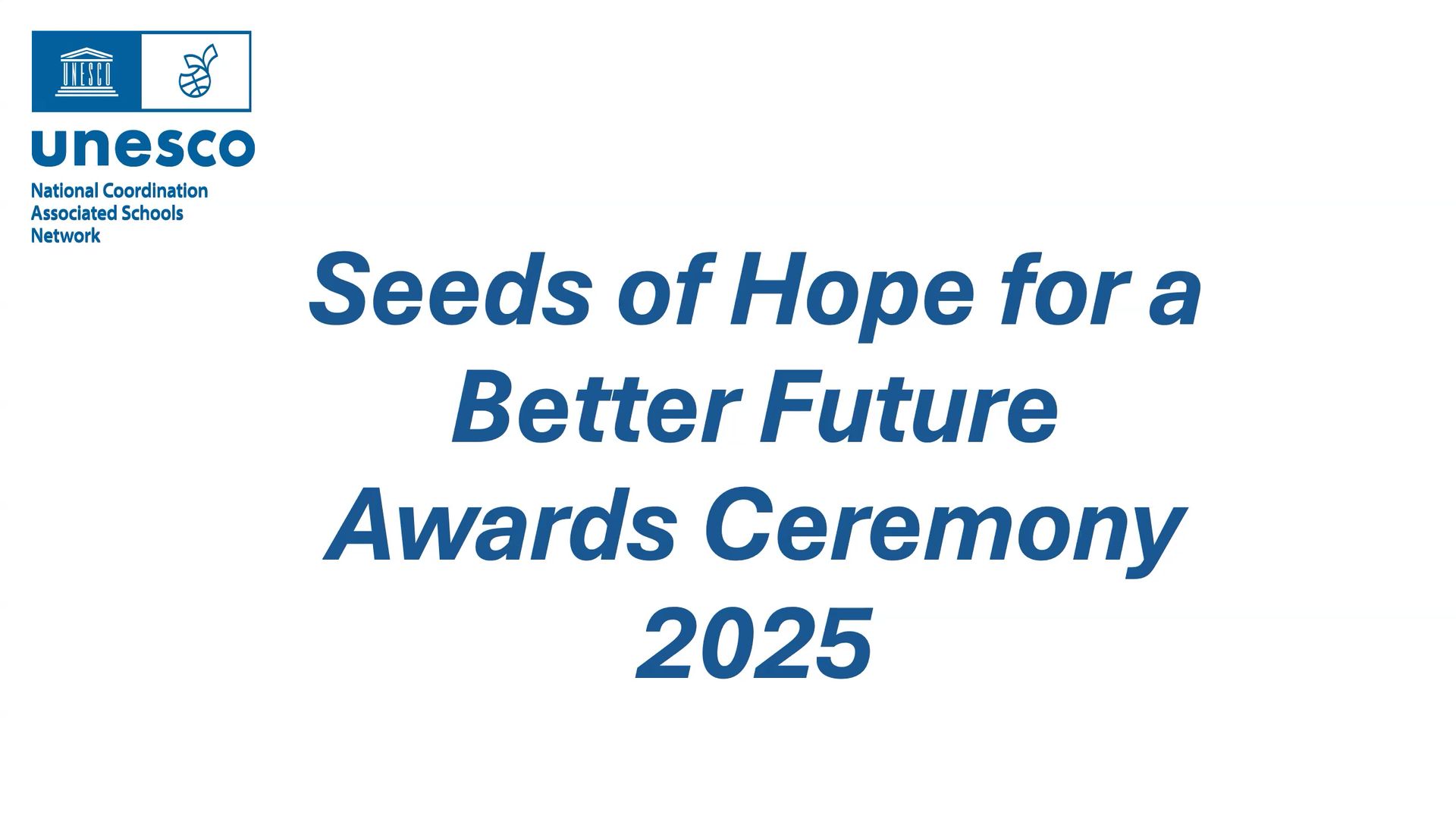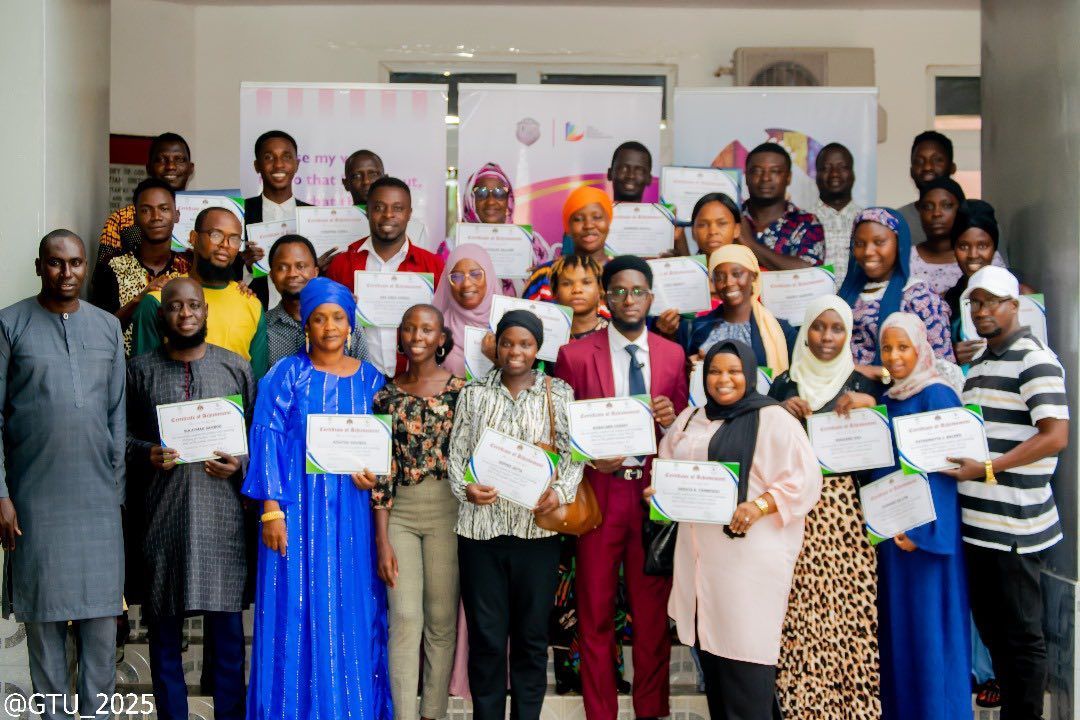Human Rights Competition: the world I want to live in – celebrating young voices
Our human rights competition was launched in December 2021, you can read about it here. Over the last 6 months we have had a wonderful response with entries from all over the world. It is evidence of the discussions and investigations that young people have been having in schools with the support of their teachers.
The entries showed the wide range of stories, experiences and concerns that young people have and want to communicate. The competition highlighted the range of different experiences that young people are grappling with in their respective cultures and countries. These experiences do not always translate or get heard and understood by other people in different parts of the world.
We commend the young people who had the courage to send in entries based on their experiences and concerns. We believe that these art works and creations will speak to others and open a door for young people to understand each other and learn about the different experiences we have around the world.
The winning entries
The judges found it very difficult to choose the winners, many of the entries focussed on personal experiences and it was incredibly brave and honest of students to share their stories.
Some of the entries were deeply reflective of real scenarios the young people are contending with in reality, whether that is here in the UK or internationally.
There were many entries that linked all human rights together and they were much appreciated by the judges as it is very difficult to choose one human right over another.
The judges found some of the excitement of the primary entries very uplifting but often human rights was discussed in the abstract. We hope that young people will continue to find out about human rights and the principles and reality of human rights through creative arts.
Winners in categories
Here you can see the winners in the various categories that the judges chose.
Drawing & Painting primary school winners
Drawing & Painting secondary school winners
Podcast winners
Poetry & Spoken Word winners
Illustrated Story winner
3D Art winners
Special mentions
Inspiration from the entries
We had so many strong entries that we would like to share them here. If you are doing a project in school about human rights, have a look at these collections of entries so that you can inspire young people to start their own discussions based on the ideas, artwork and creations of other young people in the world.
Collection of artwork entries
Collection of 3D craft entries
Collection of written entries
Collection of speaking entries
Collection of singing entries
We would like to thank everyone who entered the competition, and even those who did not share their artwork with us but did start discussions in their school about human rights, what they are and what they mean.
Thank you to the judges Audrey Osler, Ellie Barrett and Gus John for their time and energy in launching this project and judging all the wonderful entries.
Thank you to our partners The Gambia Teachers Union, National Education Union and The Big Draw.




